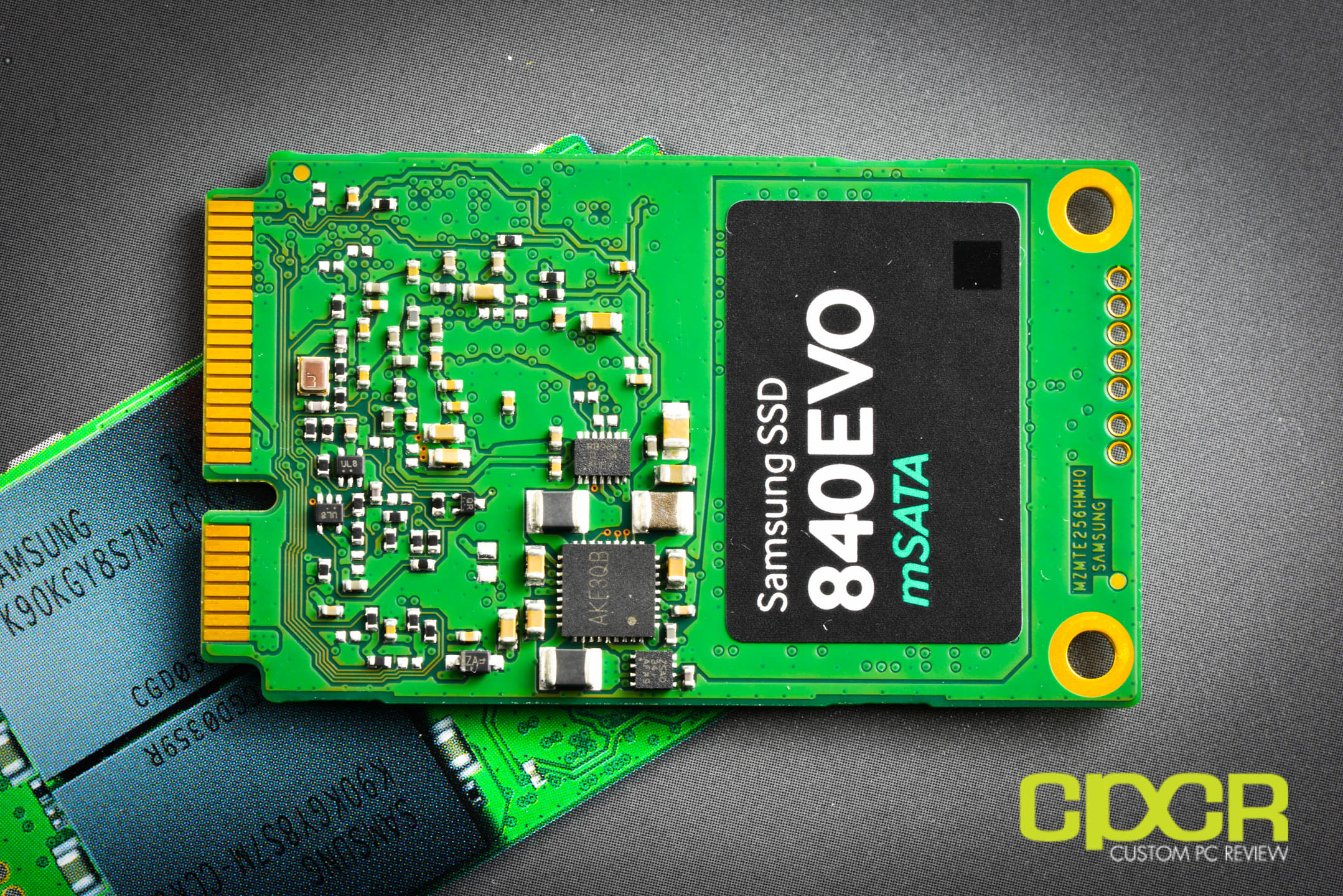I haven't been able to fix this error. I've used every available solution. I've tried every advanced option from Windows 10 self. And they always fail, I can't run them.
Then I came across this thread: https://forums.tomshardware.com/faq/how-to-fix-the-windows-10-bad-system-config-info-error.2751312/
But the last option, the Command Prompt one didn't work either. The last command, CD Regback seems to fail. And I know for sure Windows is installed on my C: Hard Drive, so i'ts the correct path.
Does anyone have a solution for me?
Greetings
Then I came across this thread: https://forums.tomshardware.com/faq/how-to-fix-the-windows-10-bad-system-config-info-error.2751312/
But the last option, the Command Prompt one didn't work either. The last command, CD Regback seems to fail. And I know for sure Windows is installed on my C: Hard Drive, so i'ts the correct path.
Does anyone have a solution for me?
Greetings




